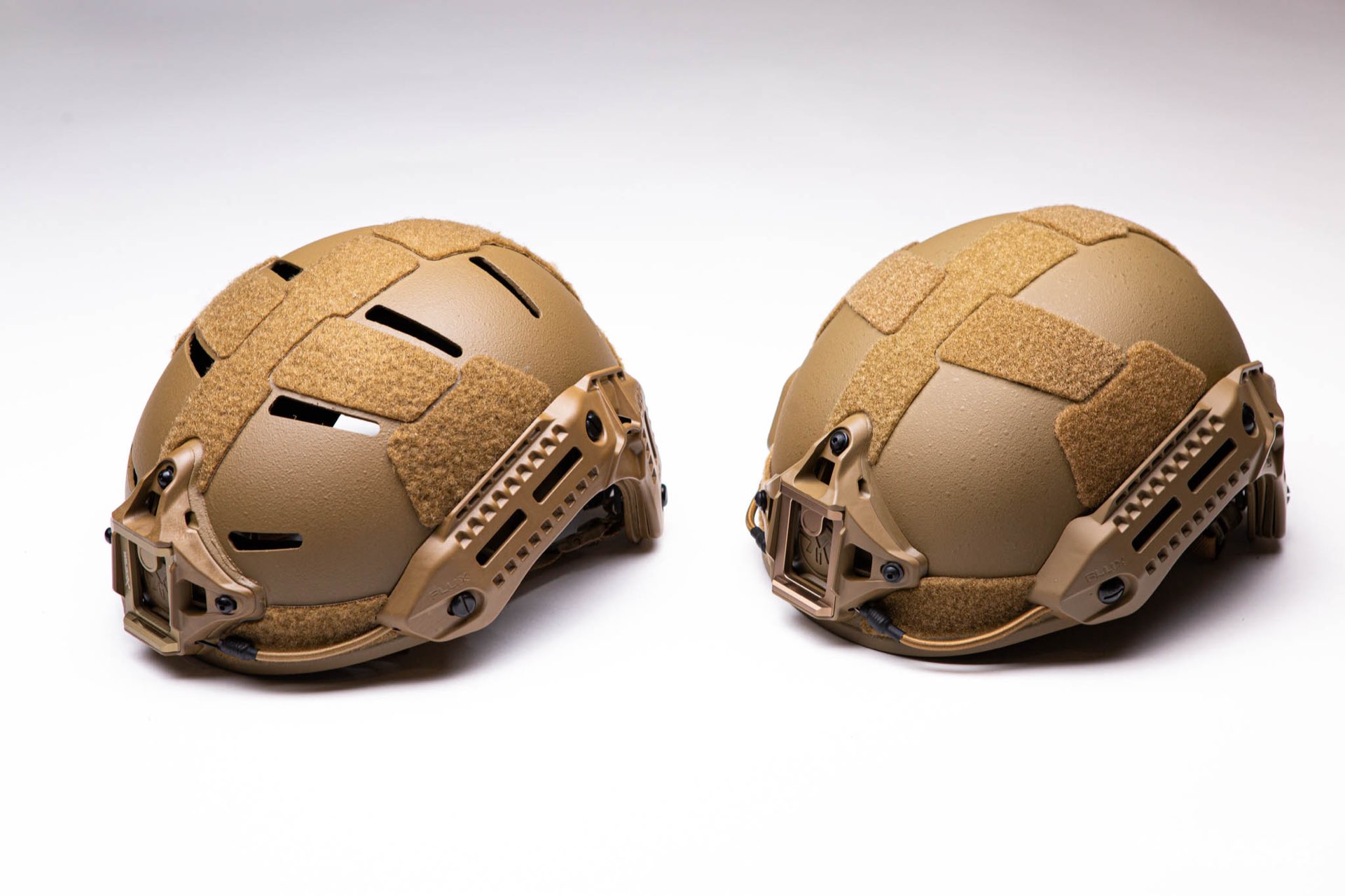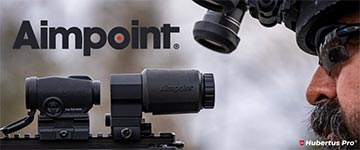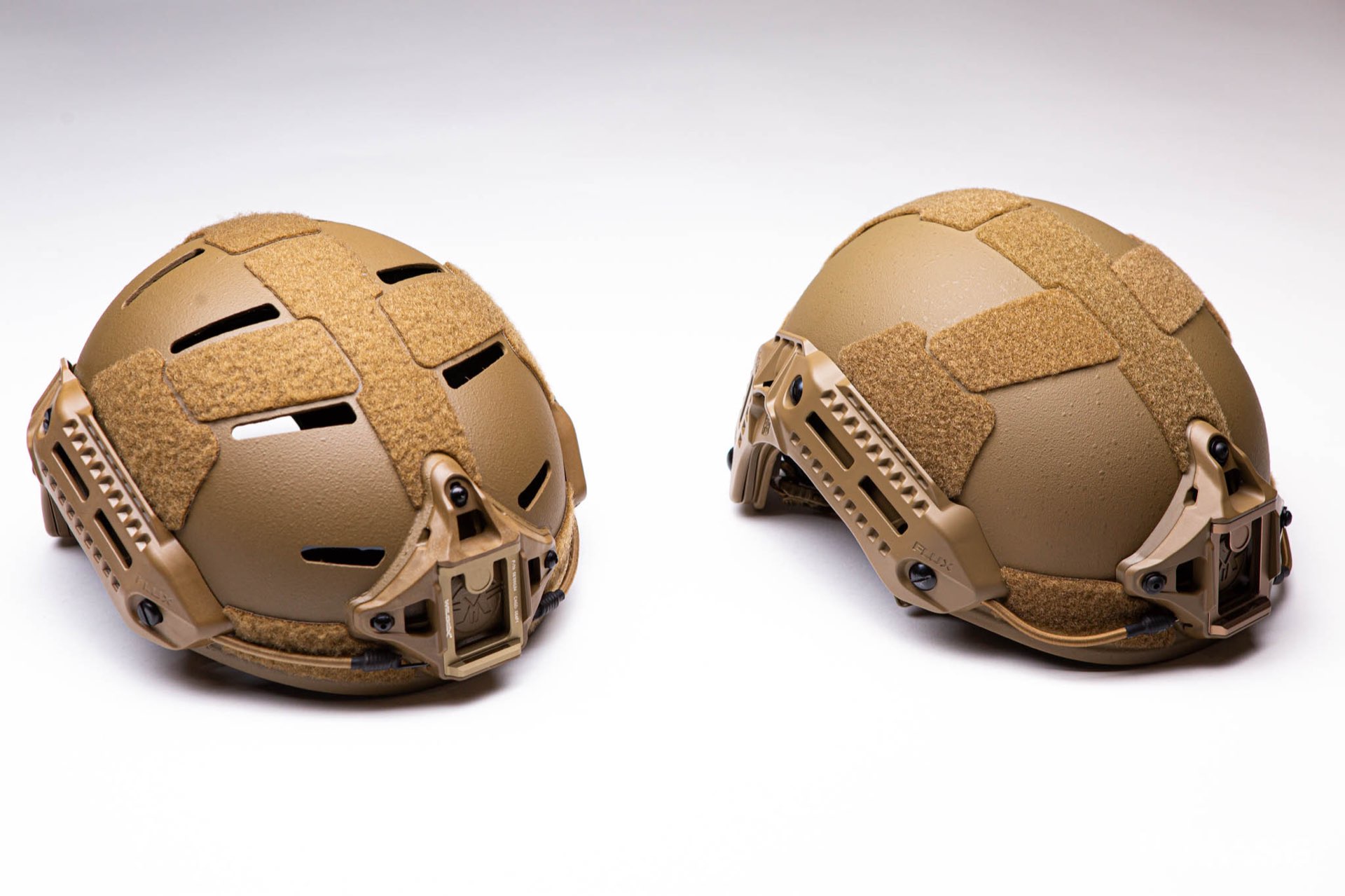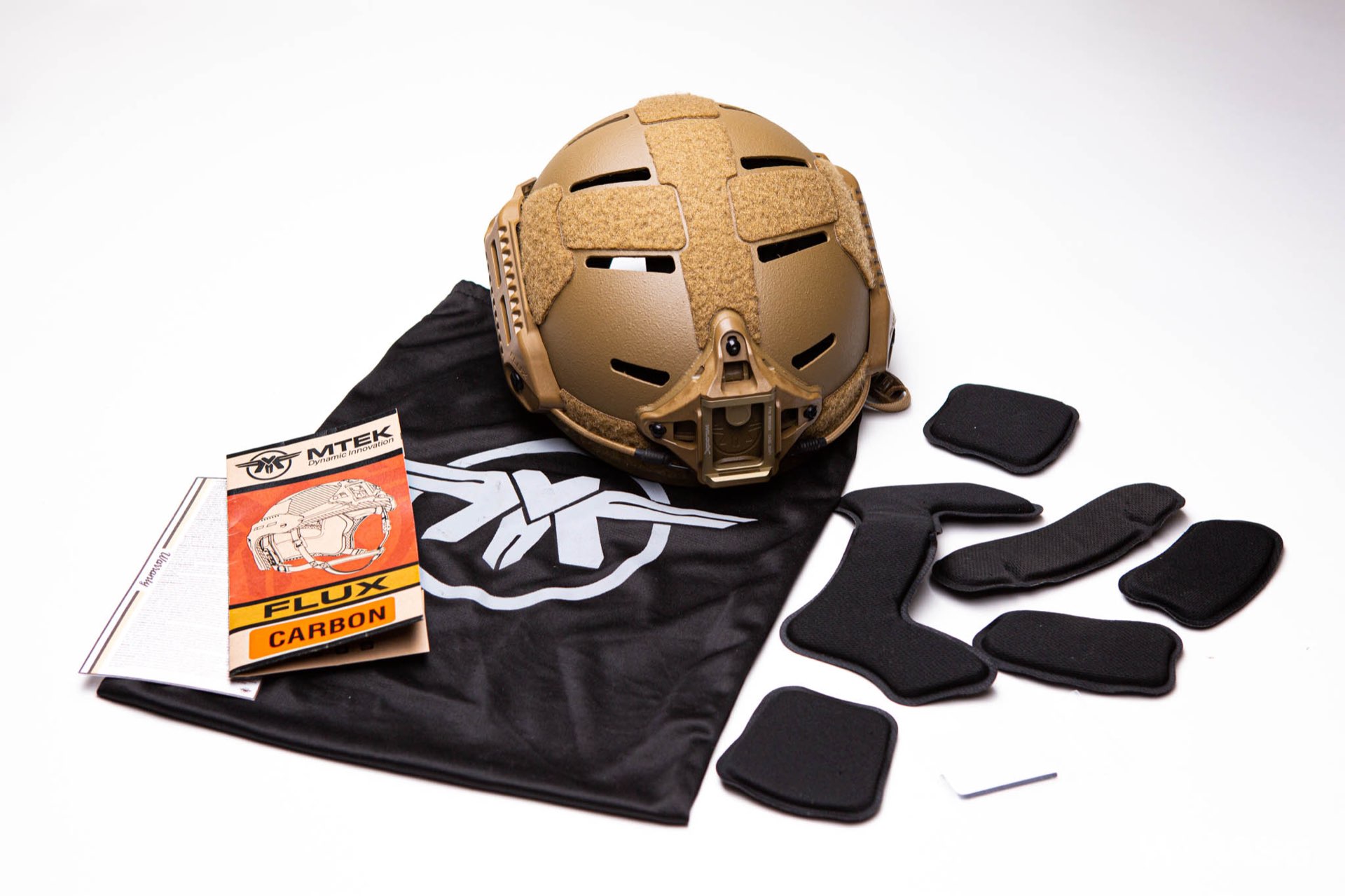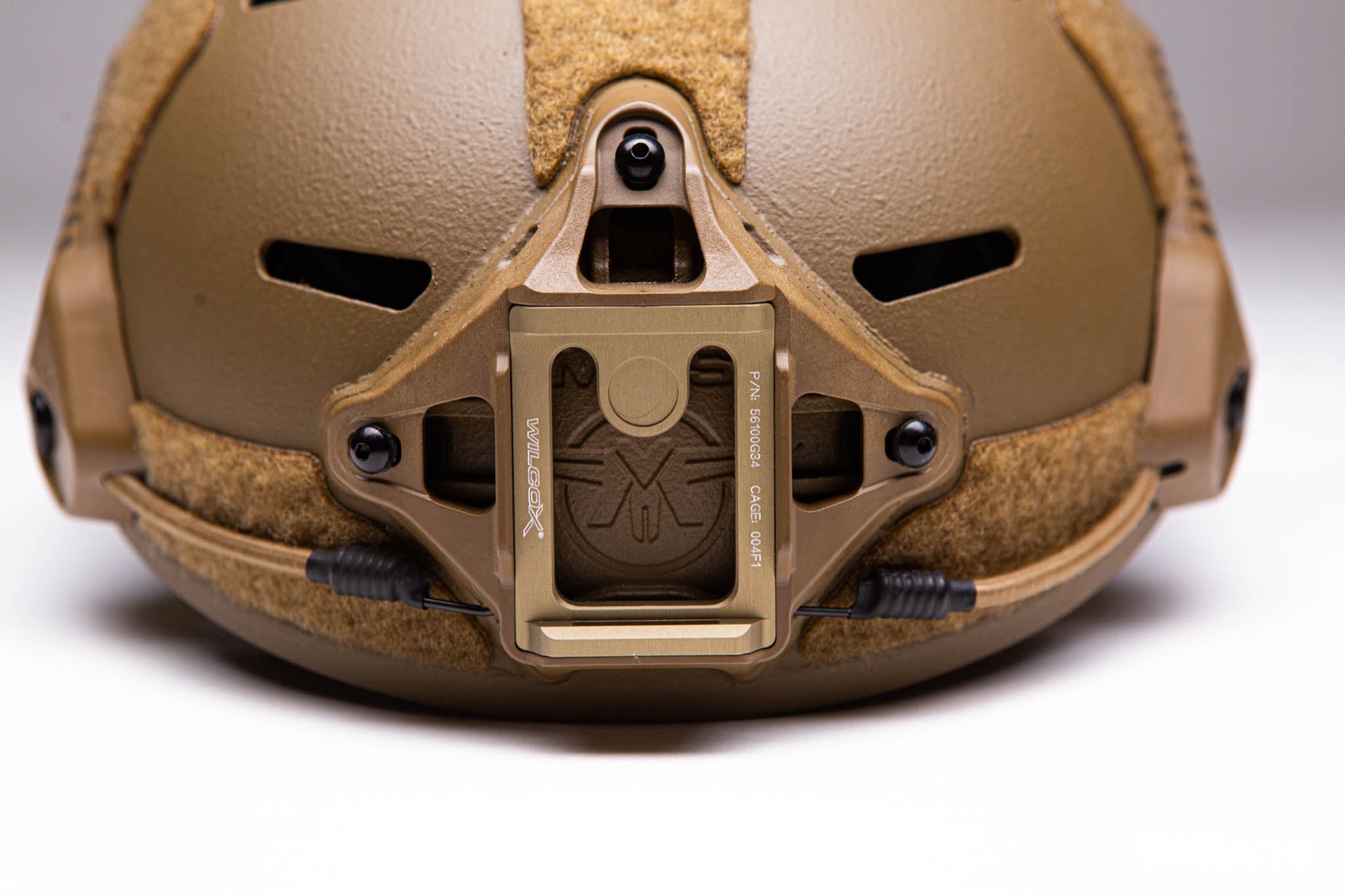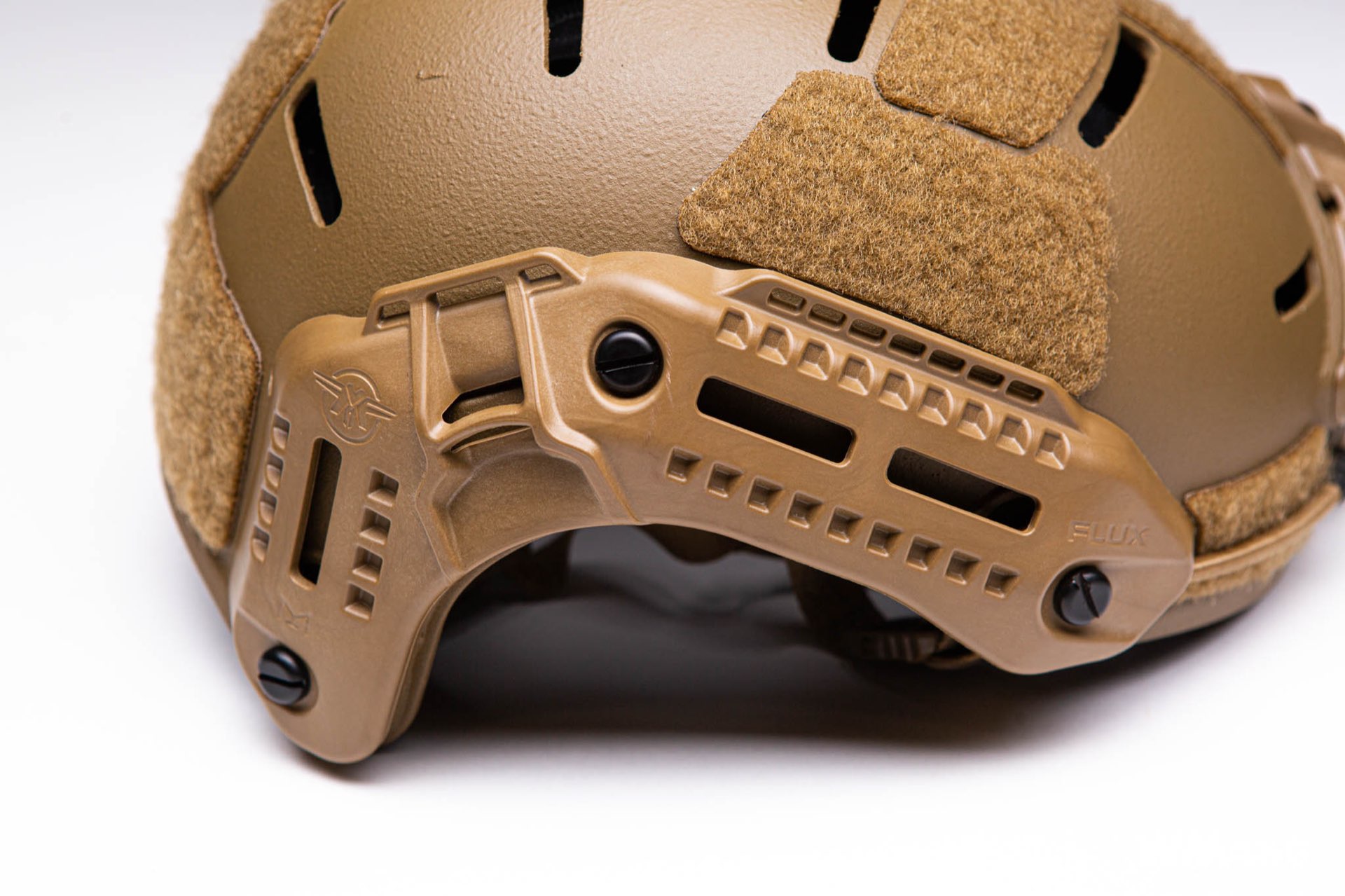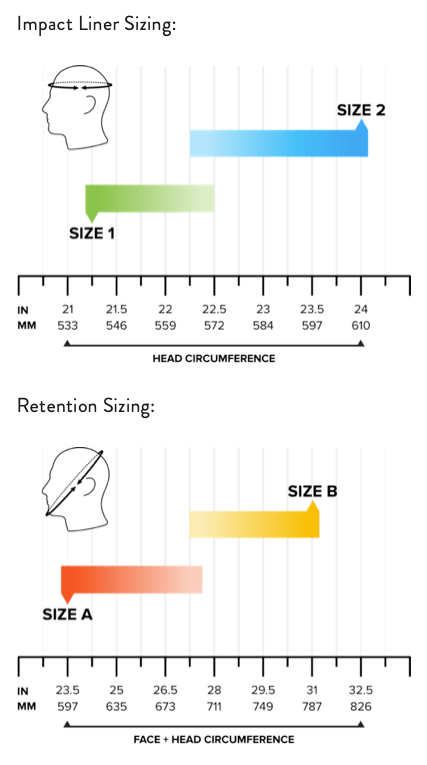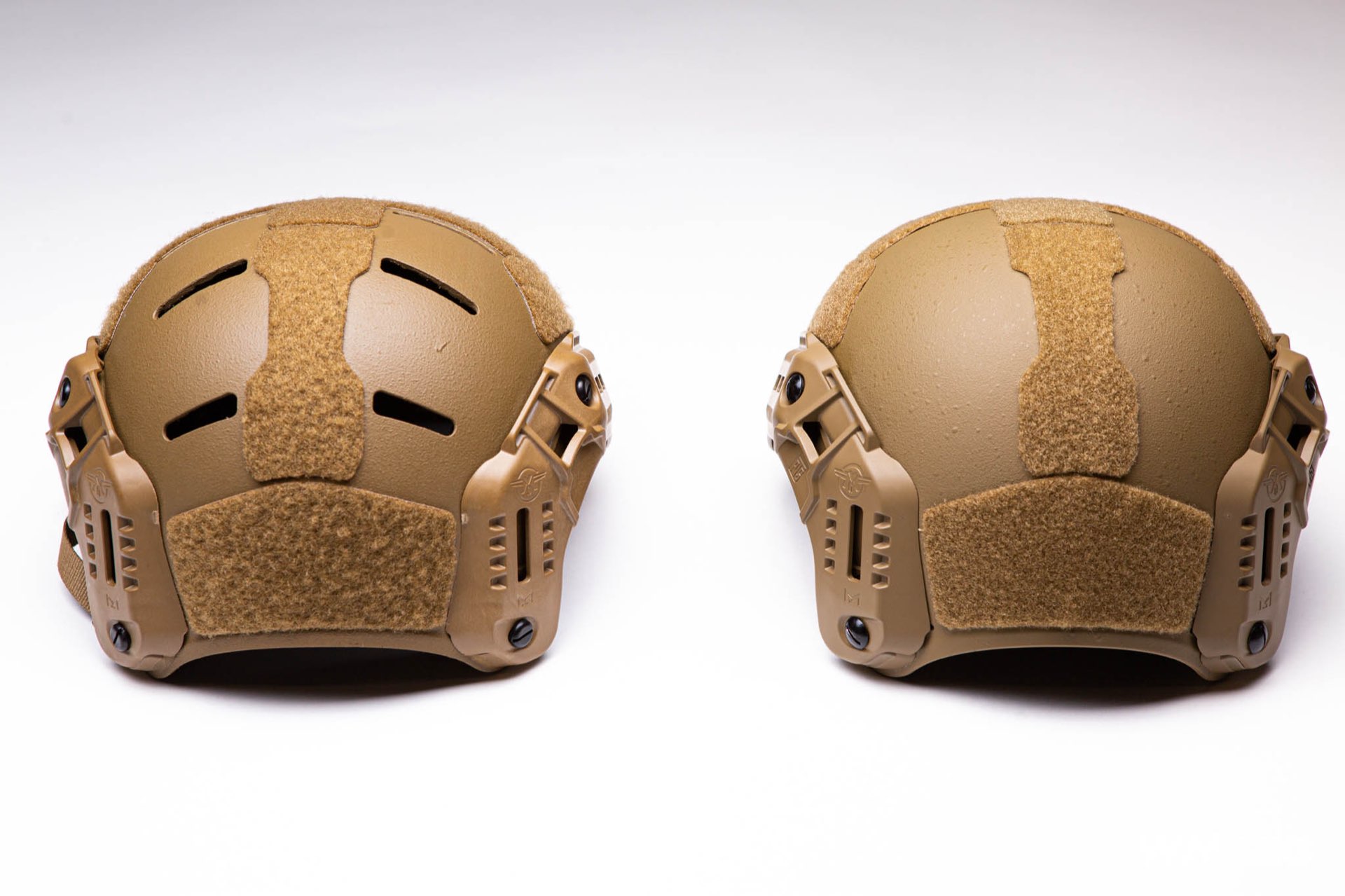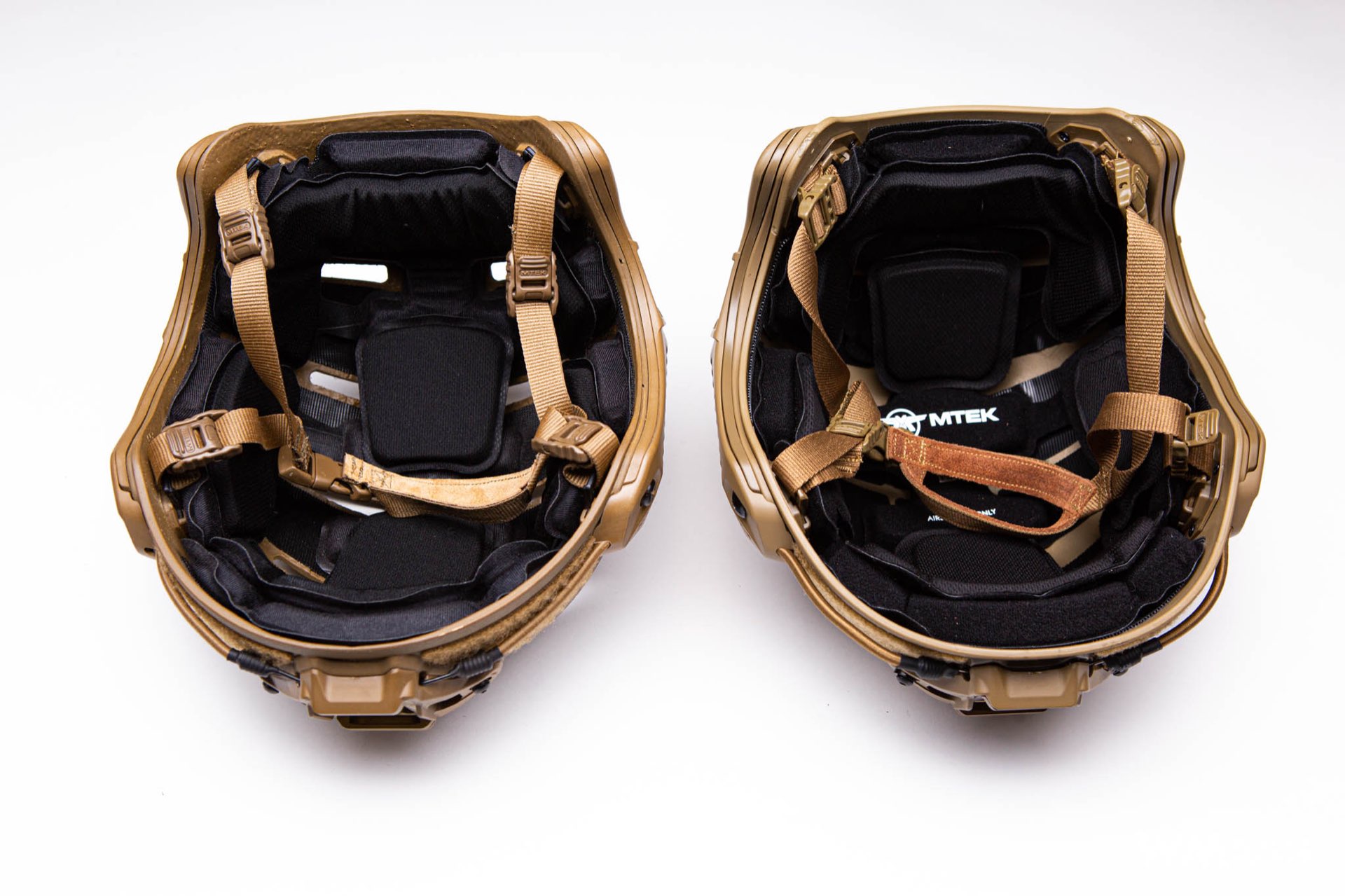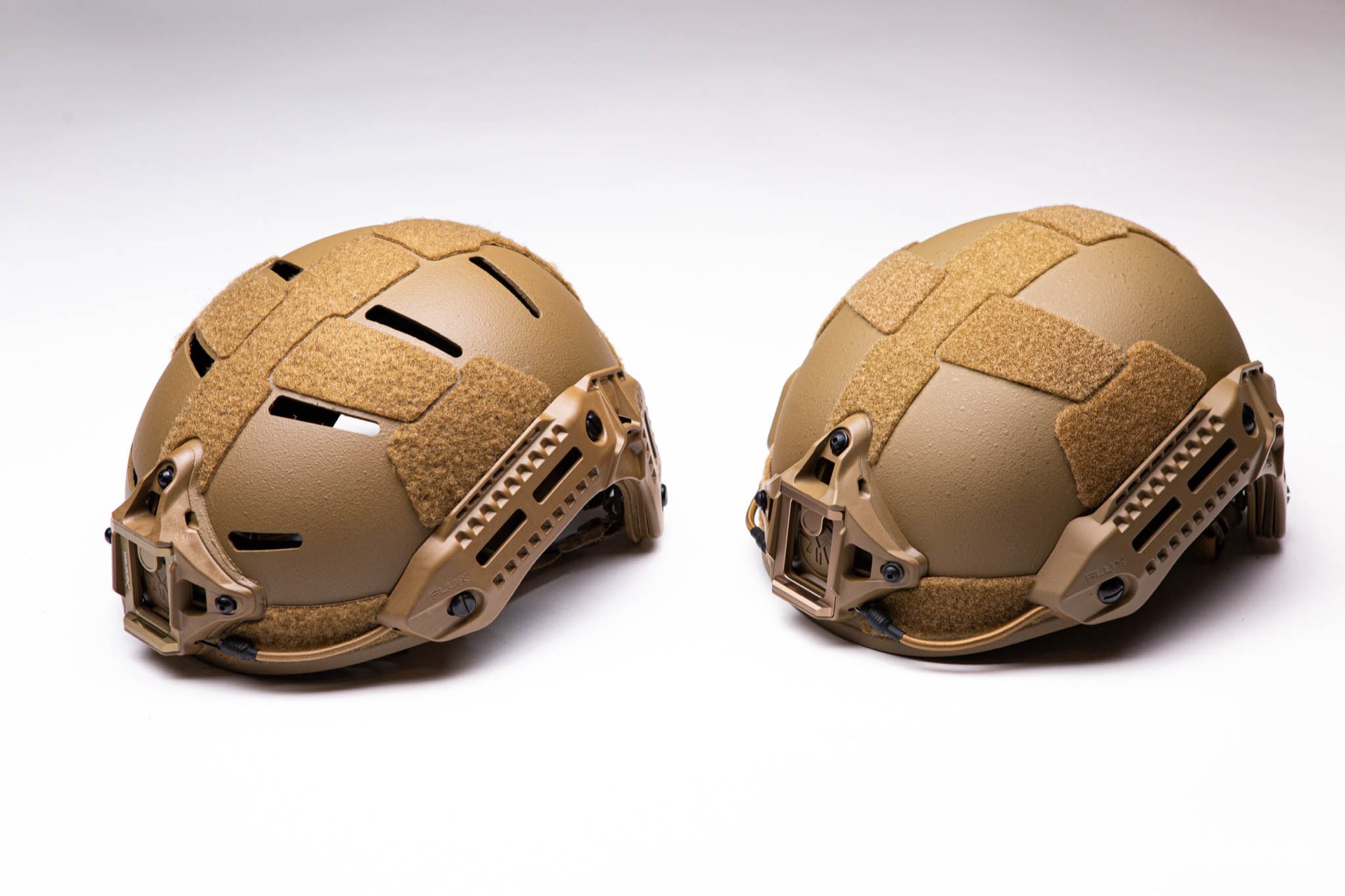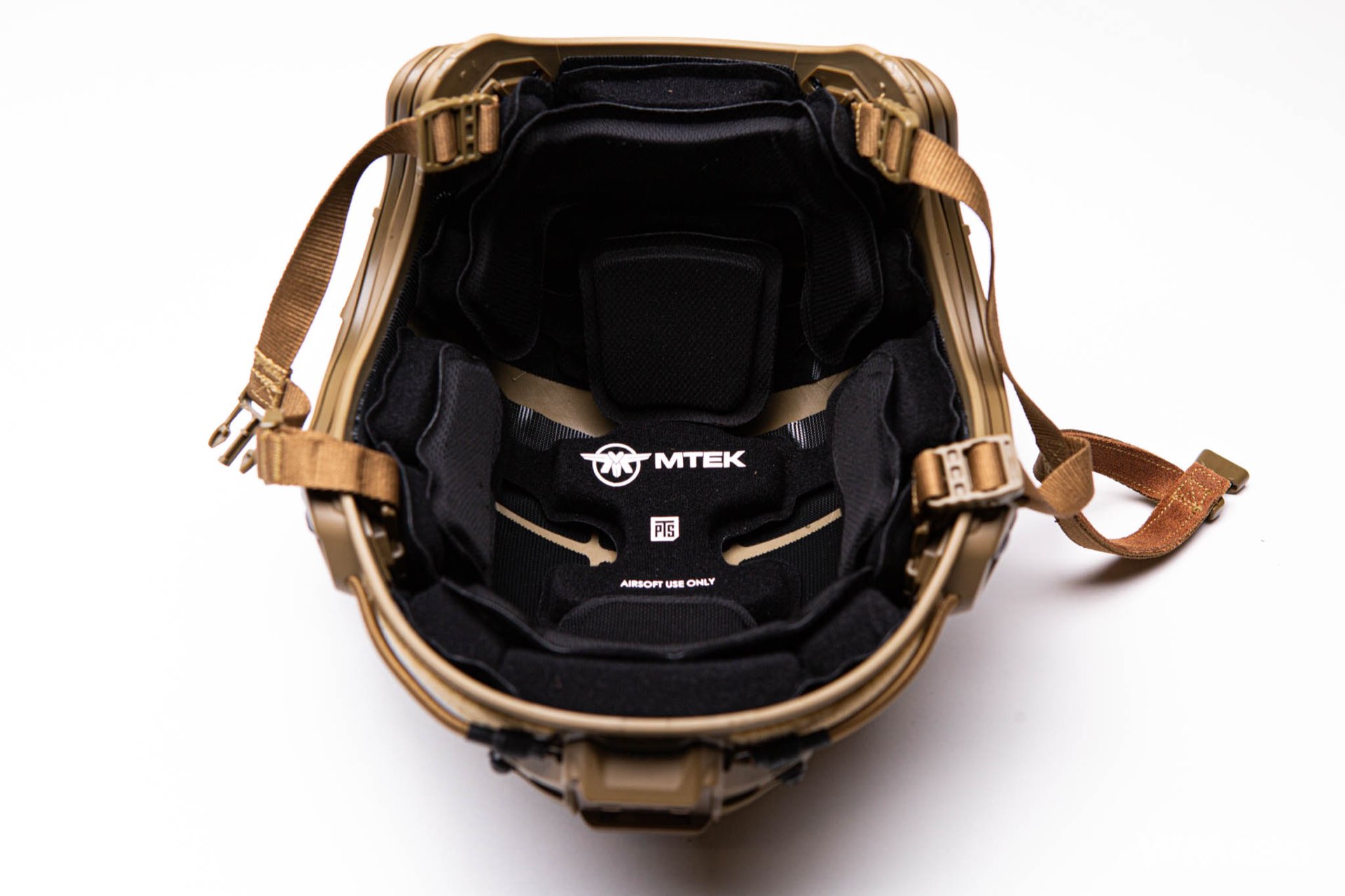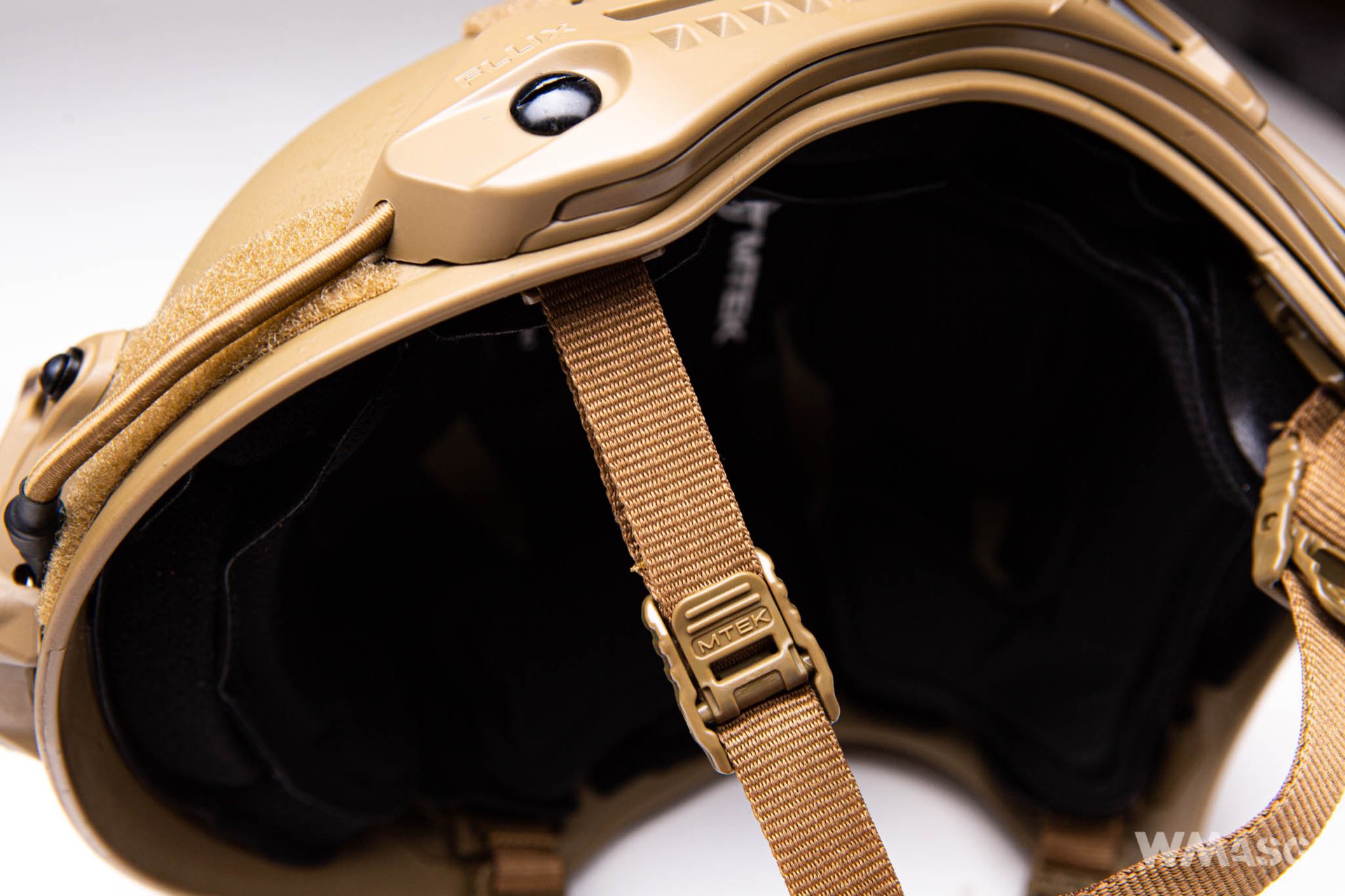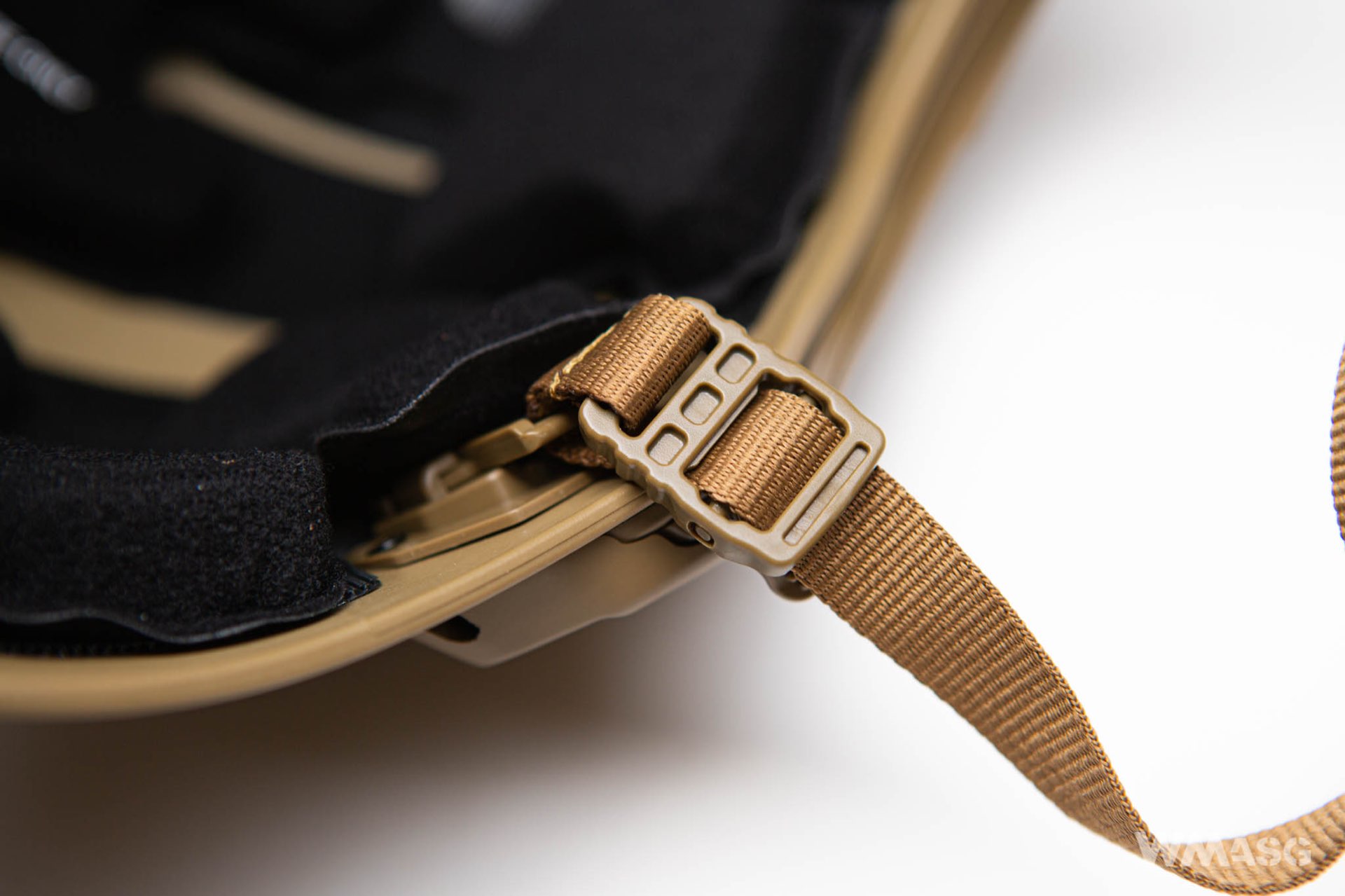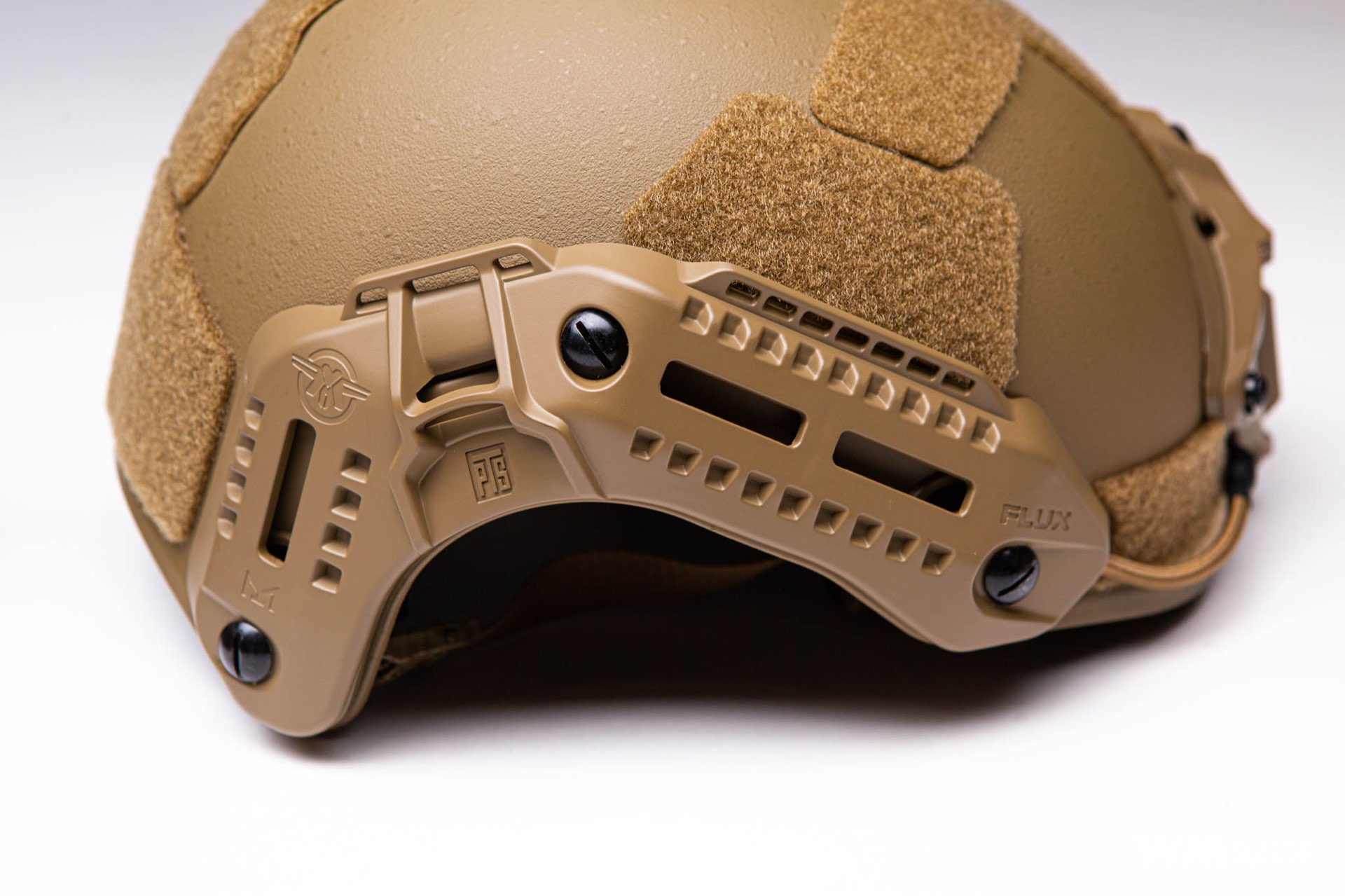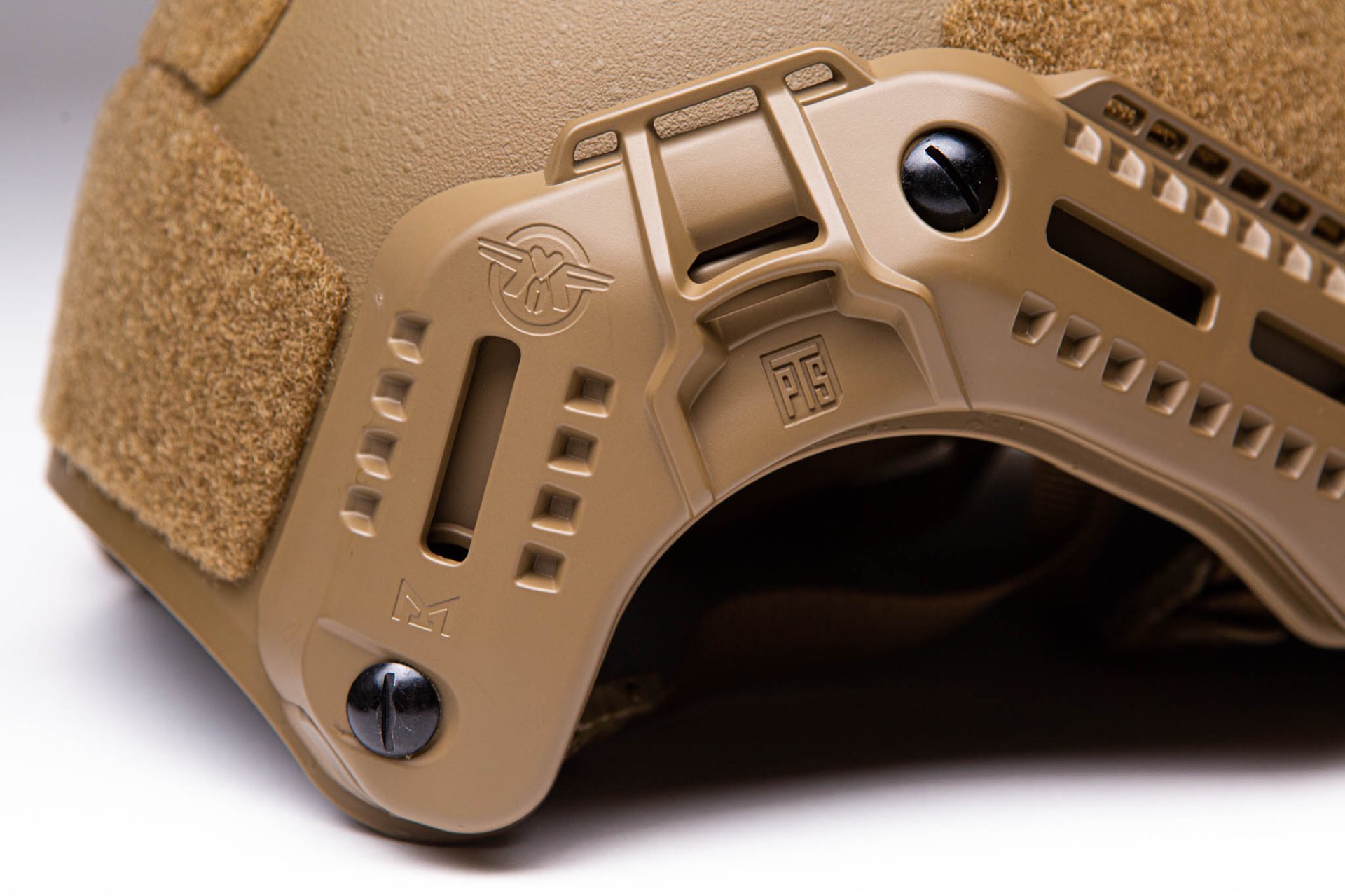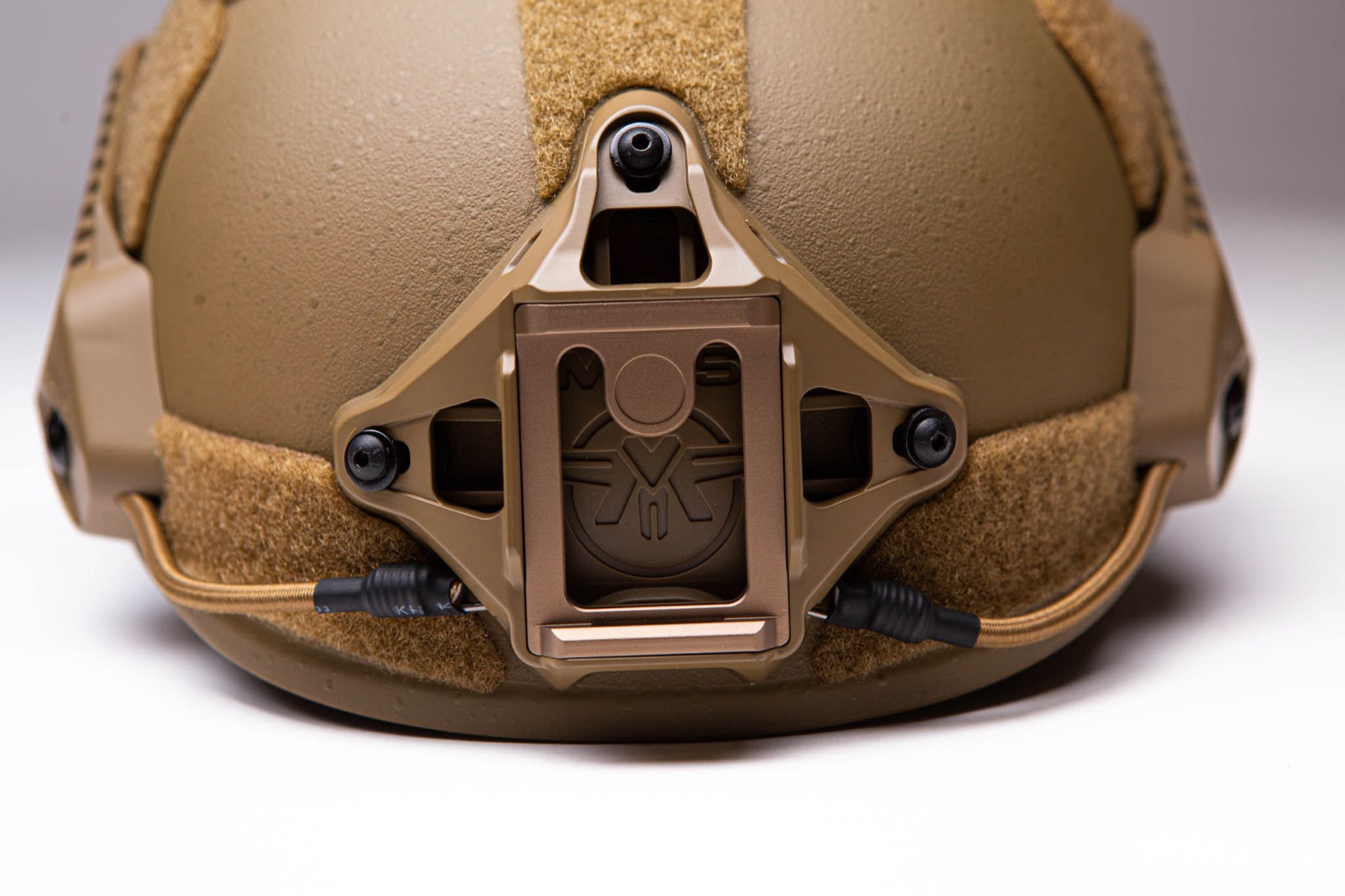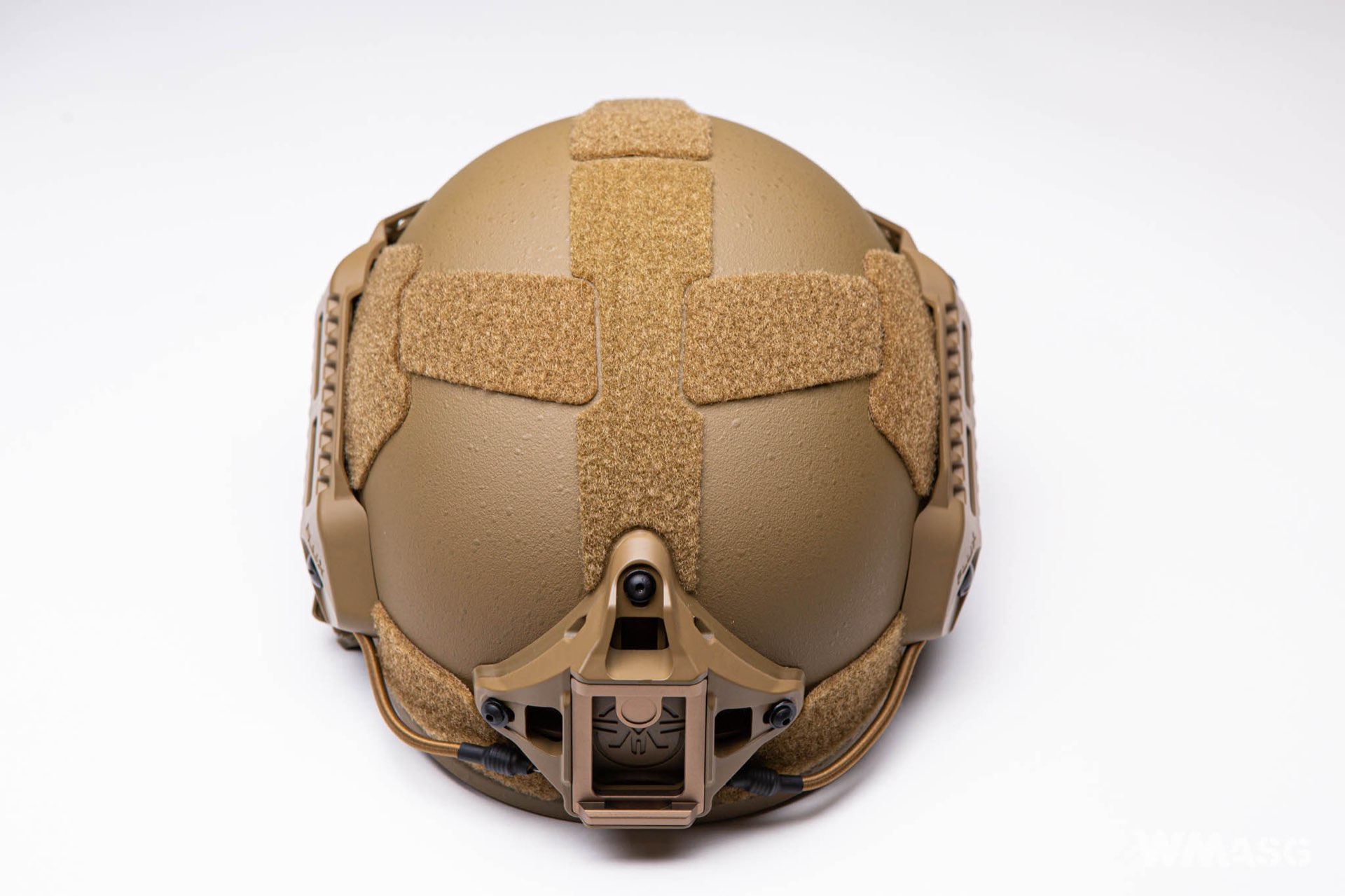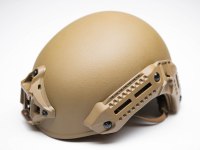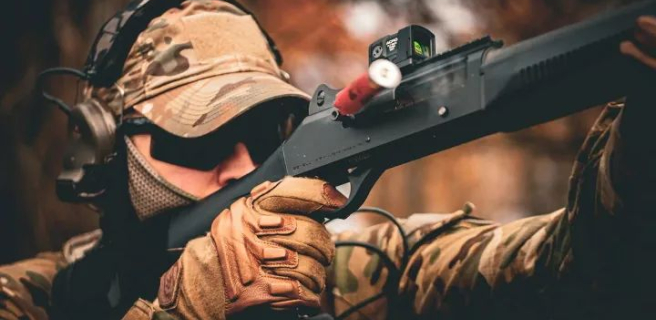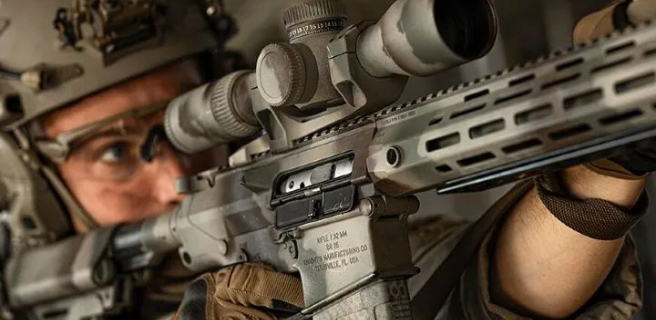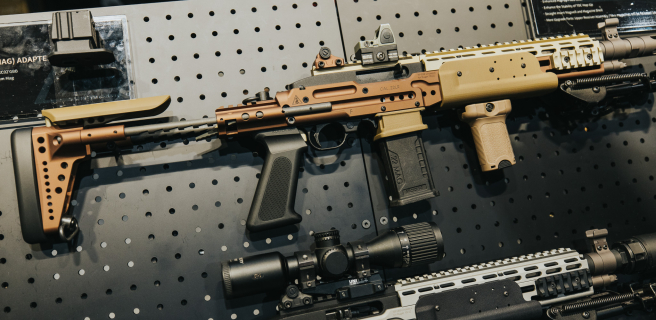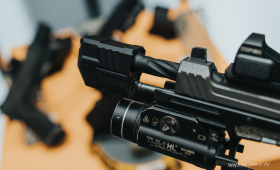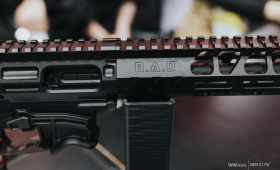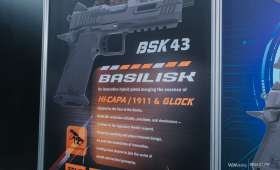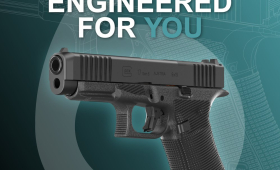A REPLICA AND A "REPLICA"
As in any other community, there are two main groups among airsoft enthusiasts when it comes to the approach of having fun. Some people do not pay attention to what they put on and what they shoot with, as long as it works and then a cheap "Chinese copy" should be sufficient. For the second group, airsoft is only one of the components of a military passion and such enthusiasts often spend a fortune just to "add" original equipment or a copy as close to the original as possible to their gear.
Left -the MTEK FLUX Carbon-V, right - the PTS MTEK FLUX
There are few industries in which counterfeit or close copies of original products have become as common as in the military-related industry, including airsoft. The phenomenon, of course, has an explanation. On the one hand, originals are sometimes difficult to obtain or cost a fortune, on the other hand, the business has created the demand and years ago the market has began being flooded with an increasing number of cheap and "look alike" copies of branded airsoft replicas and equipment. Naturally, economies of scale, one can make more money selling cheaper products than less common brand name products due to their higher price. And the market hates any kind of vacuum. You can try to understand it somehow, but it is much more difficult for us to identify with it, despite the fact that it is a popular phenomenon. In other words, although copies are sometimes unavoidable, we do not like them. One cannot turn back a river, but it is worth making people aware of it. For some reason what is overlooked is that this is often balancing on the verge of supporting, simply speaking, theft. The only advantage of this practice is the actual popularization of airsoft and the chance that one day another person will want to add and start using decent equipment, at the same allowing the persion who actually designed and invented it to earn money. It is not, of course, that every copy is a fake. Some copies only roughly imitate something, and there are also exact replicas. While the original is actually difficult to obtain or its price effectively verifies the intentions, it is worth at least to try to look for a good and licensed replica that will be within our portfolio. Some replica makers understand this and seek the favor of the original product manufacturers by obtaining licenses from them. One such noteworthy manufacturer is the PTS Syndicate from Hong Kong, which offers only licensed accessories, including official licensed replica of the MTEK FLUX helmet.
THE REAL MTEK FLUX
The MTEK FLUX Carbon (photo WMASG)
In 2016, during the Shot Show in Las Vegas, USA, after two years of work, the American manufacturer MTEK (previously called the MTEK Weapons Systems) has showed the world its new Future Lightweight UnderCut Expandable System (FLUX) Ballistic helmet. It is still one of the lightest ballistic helmets on the market. The shell weighs only 0.5 kg, and the whole with the fascia weighs 1 kg. Achieving such a low weight was possible thanks to the use of polyethylene with carbon fiber, instead of popular Kevlar. Nevertheless, the helmet complies with the NIJ IIIA (0106.01-0108.01) ballistic standard. The shell is devoid of any mounting holes or screws, which increases its protective properties. The FLUX MAGPUL M-LOK and Wilcox L4 accessories mounting system have been glued to it (the so-called bolt less system). Since 2017, the M-LOK system has been recommended by USSOCOM and has become widely used and liked. In addition, under the mounting rail, after replacing the spacer, one can attach an additional ballistic cover, thanks to which functional rails are retained and the level of protection is increased.
The MTEK FLUX Carbon-V (photos WMASG)
The shape of the shell is ergonomically adapted to the shape of the head, and the undercut allows fitting of a wide range of hearing protection and communication systems. Depending on the size of the head, there are two sizes available, 1 and 2 as well as A and B.
MTEK size table
At the back, the shell is profiled so as not to restrict the movements of the user's head, even when wearing a ballistic vest, especially when looking up.
The rear undercut of the shell in the MTEK FLUX Carbon-V and the PTS MTEK FLUX replica (photo WMASG)
The internal Fluxliner is a system of patented Zorbium foam inserts, the so-called comfort pads, sensitive to impact, allowing the adjustment of the helmet for comfortable long-term wearing in all conditions. The system, developed in cooperation with Team Wendy, also includes MTEK Cam-Loc straps and buckles, which on the one hand help stabilize the helmet, but can also be easily replaced with another, thanks to the use of Inverse Clip sockets developed by HelmetComp.
The MTEK FLUX Fluxliner (left), the PTS MTEK FLUX replica Fluxlinner (right) (photo WMASG)
The MTEK FLUX shell is available in Coyote, Black, Green, Multicam and Multicam Black (Carbon versions). The MTEK FLUX has three versions that differ only in the material from which the helmet was made: Ballistic and non-ballistic Carbon-S and Carbon-V, a ventilated version, which was also included in our review, courtesy of Shashlik.
THE PTS MTEK FLUX REPLICA
THE PTS MTEK FLUX helmet is an officially licensed replica of the MTEK FLUX helmet (Ballistic or Carbon-S). We get the replica with an almost identical set as the original. Only the cover is missing. In addition to the helmet, we get two sets of comfort pads (basic and additional), a set of external Velcro straps for self-assembly and the so-called battle bungees.
(photo WMASG)
The replica weighs exactly the same as the original, i.e. about 1 kilogram. The shell replicates the original very well, and the paint it is covered with, depending on the color version, is durable and replicates the texture of the MTEK helmet well. The replica can be purchased in three color variants: black, OD (green) and Coyote.
As the manufacturer assures, the size of the helmet is universal and describes it as M/L, which is somewhere between the two sizes of the original MTEK FLUX. Compared to MTEK, PTS has averaged the size and it can be successfully said that the replica should fit almost every head. Comfort pads included in the set ensure easy and wide adjustment. They are configured inside the shell using pre-installed Velcro tapes. For a large skull like mine, a base layer is enough and I could still wear comfortably, for example, Sordinas with a classic headband. Comfort pads are made of sponge that behaves quite similar to the original ones. The pads are covered in mesh, thanks to which they dry quite quickly.
The comfort pads in the PTS MTEK FLUX (photo WMASG)
The chin strap is clipped in, as in the original, in a system imitating the Itverse Clip and, as in the original, it is lined with suede for comfortable wearing. The length of the straps is easily adjusted with "Cam-loc" buckles and the set configuration locks permanently, keeping the helmet firmly on one's head.
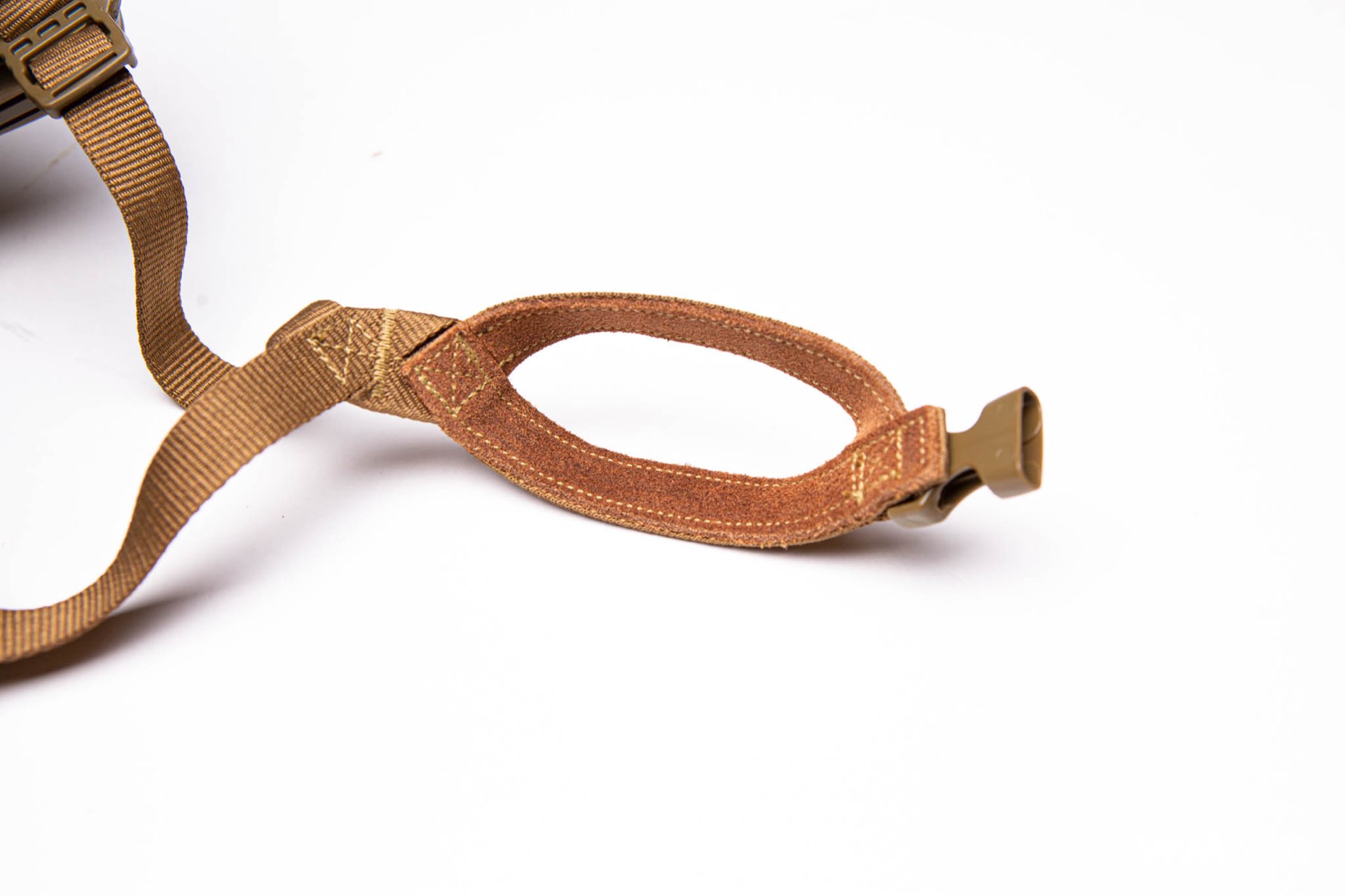
The fascicle strap of the PTS MTEK FLUX (photo WMASG)
The side rails are made of polymer, unlike the original, which has them additionally reinforced with glass fiber. Paradoxically, in my purely aesthetic opinion, those on the replica look better... The rails are hard and seem durable. The side rails have, similarly to the original, three M-LOK slots. Two horizontal ones in the front part and one angled one in the rear part. There is also a socket for attaching an additional cover or, for example, an oxygen mask (e.g. the Para-Flite PHAOS, the Carleton Phantom). In the upper part of the rail there are a number of holes that can be used, for example, to route wires, tie a safety line, and in the front part, a rubber band with hooks to secure and stabilize a night vision device.
The side rail in the PTS MTEK FLUX (photo WMASG)
A copy of the Wilcox L4 socket, just like in the original, is made of anodized aluminum. The socket is compatible, as in the original, with mounts made by Wilcox Norotos, Cadex or the standard AN/PVS-14 (MU-3/MU-3M).
(photo WMASG)
We get a replica of the helmet together with a set of Velcro strips for self-assembly. In addition to raising the "tacticool" factor, we can attach strobe markers, helmet cameras, flashlights and identifiers, or simply morale patches.
(photo WMASG)
IS IT WORTH IT?
Of course. At least for the reasons I mentioned at the beginning of the article. The PTS MTEK FLUX helmet, as for the replica helmet market, is not cheap, but in return we get a high-end and licensed product. It is actually a faithfully made replica of the MTEK FLUX helmet practically in every respect. When preparing the article, we had the opportunity to compare the replica with the original MTEK helmet. The colors, markings and finish of the PTS replica are at an impressive level, which can be seen in the photos above. The assembled helmets look almost identical! Against the background of the market flooded with cheap copies, the reviewed replica should certainly attract the attention of more demanding enthusiasts.
If you require more from what you put on and really strive for some realism and possibly faithful representation of the top gear, and you cannot spend $ 1000-2000 on an original MTEK FLUX Carbon or Ballistic (which is currently very difficult to get), consider buying replicas from PTS for $ 120. It looks very good and is compatible with combat accessories. And it is licensed, i.e. it has the consent of the manufacturer of the original MTEK USA.
Manufacturer's website: https://www.ptssyndicate.com/

